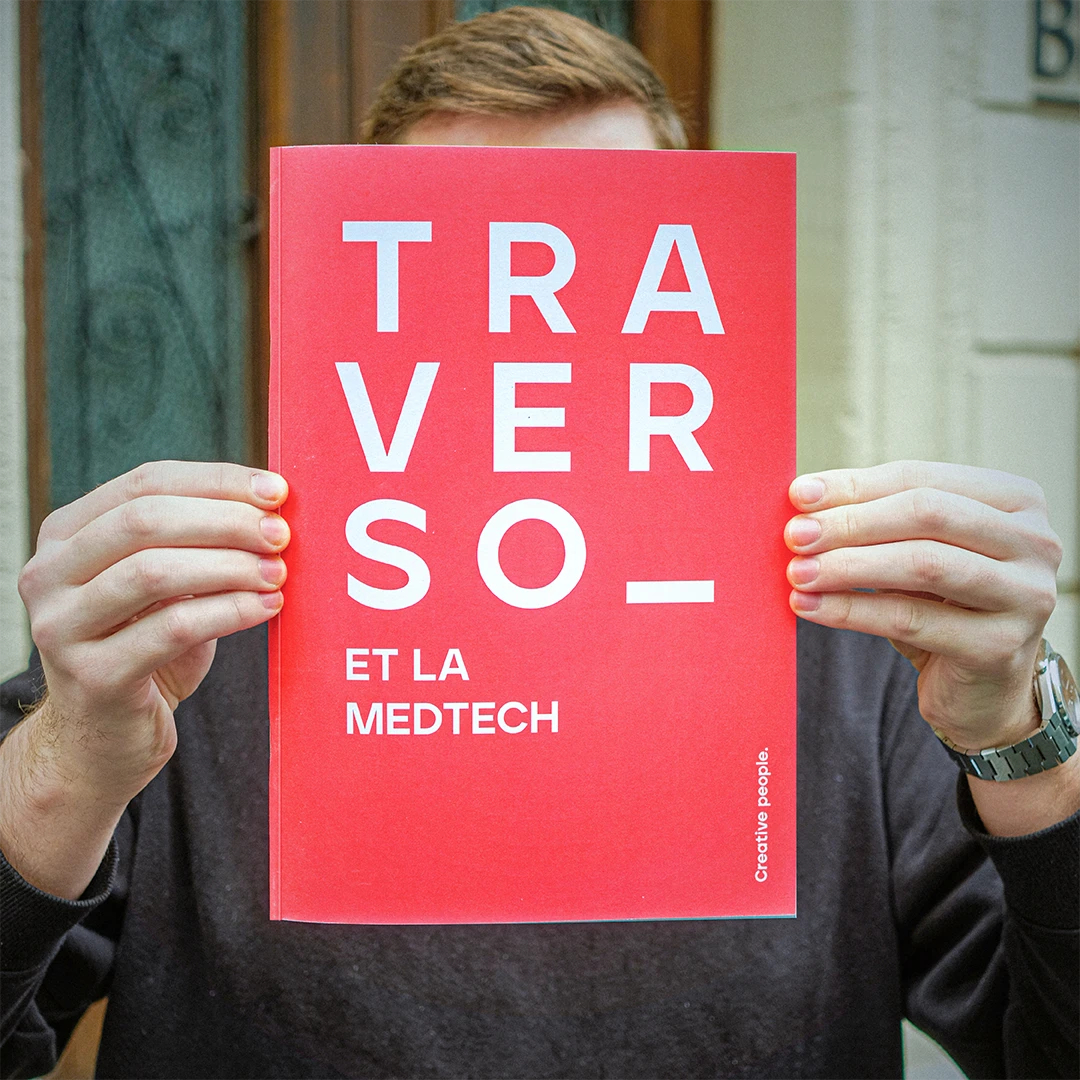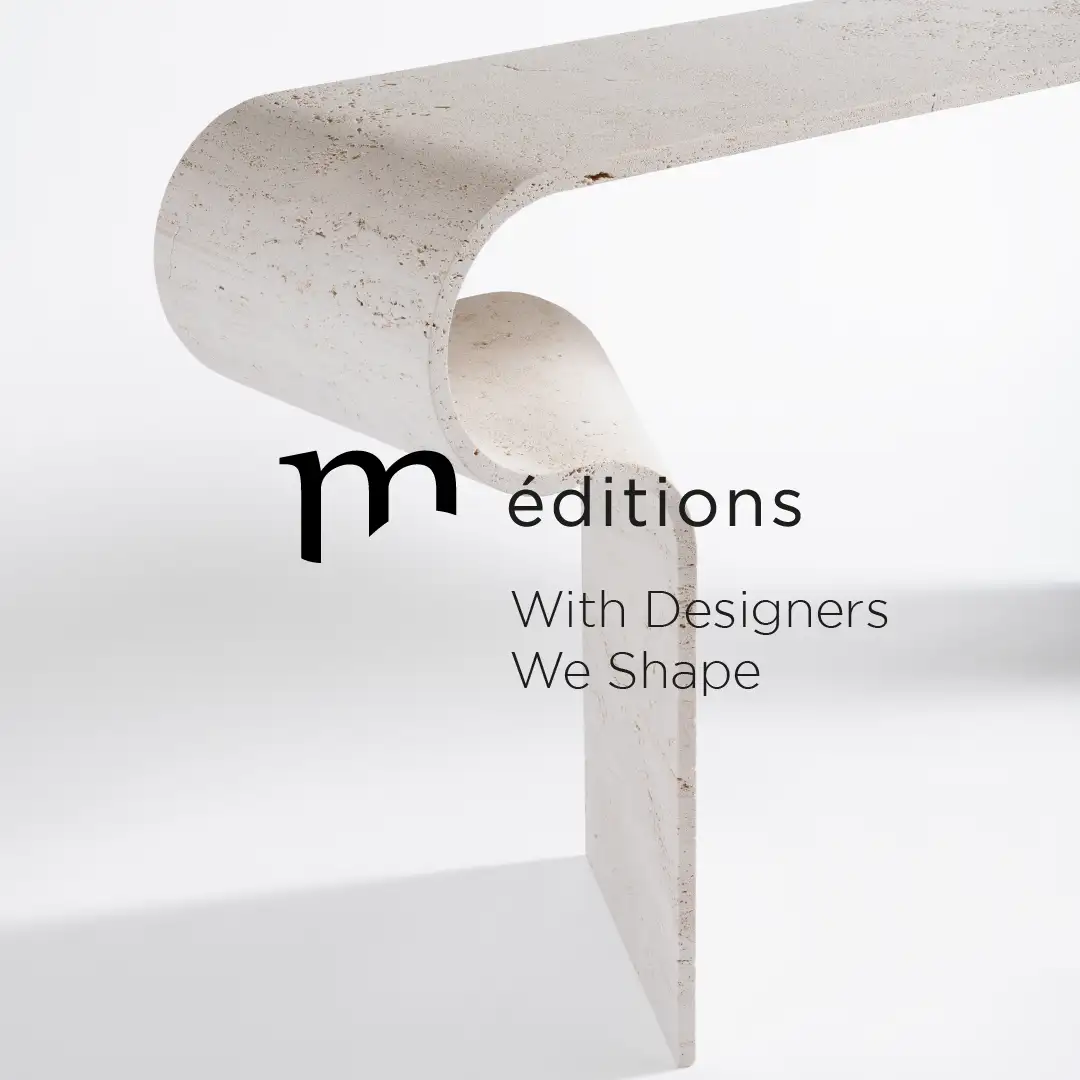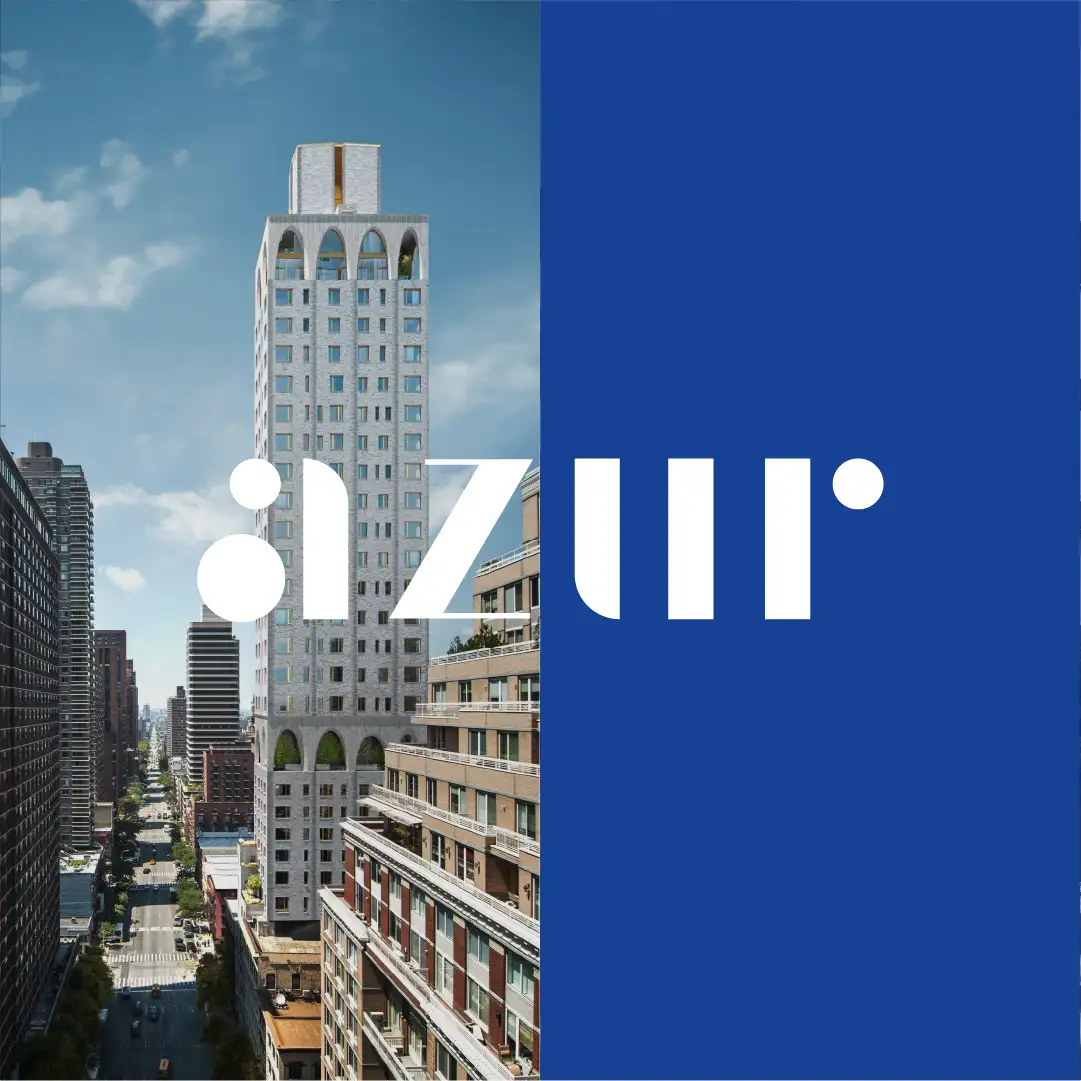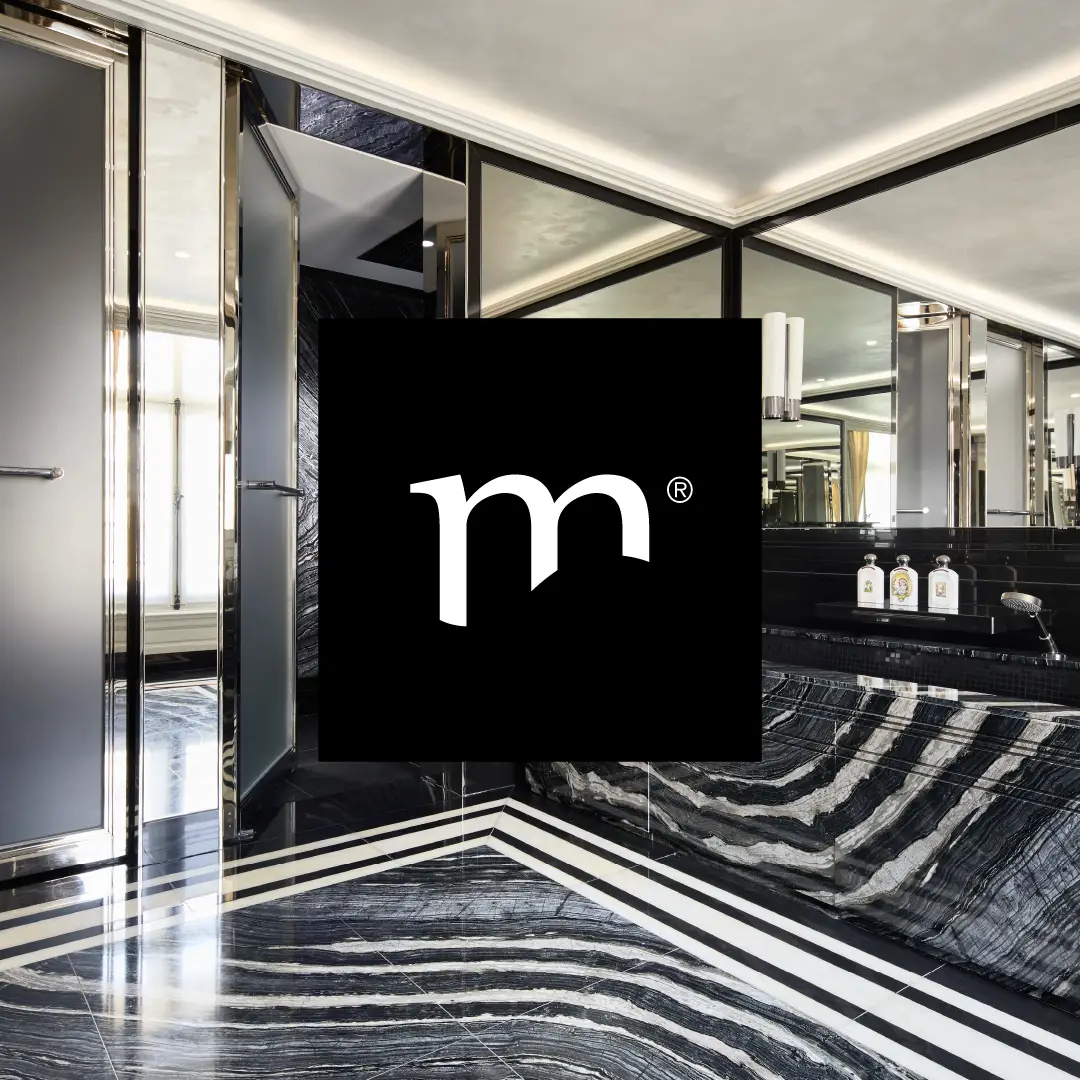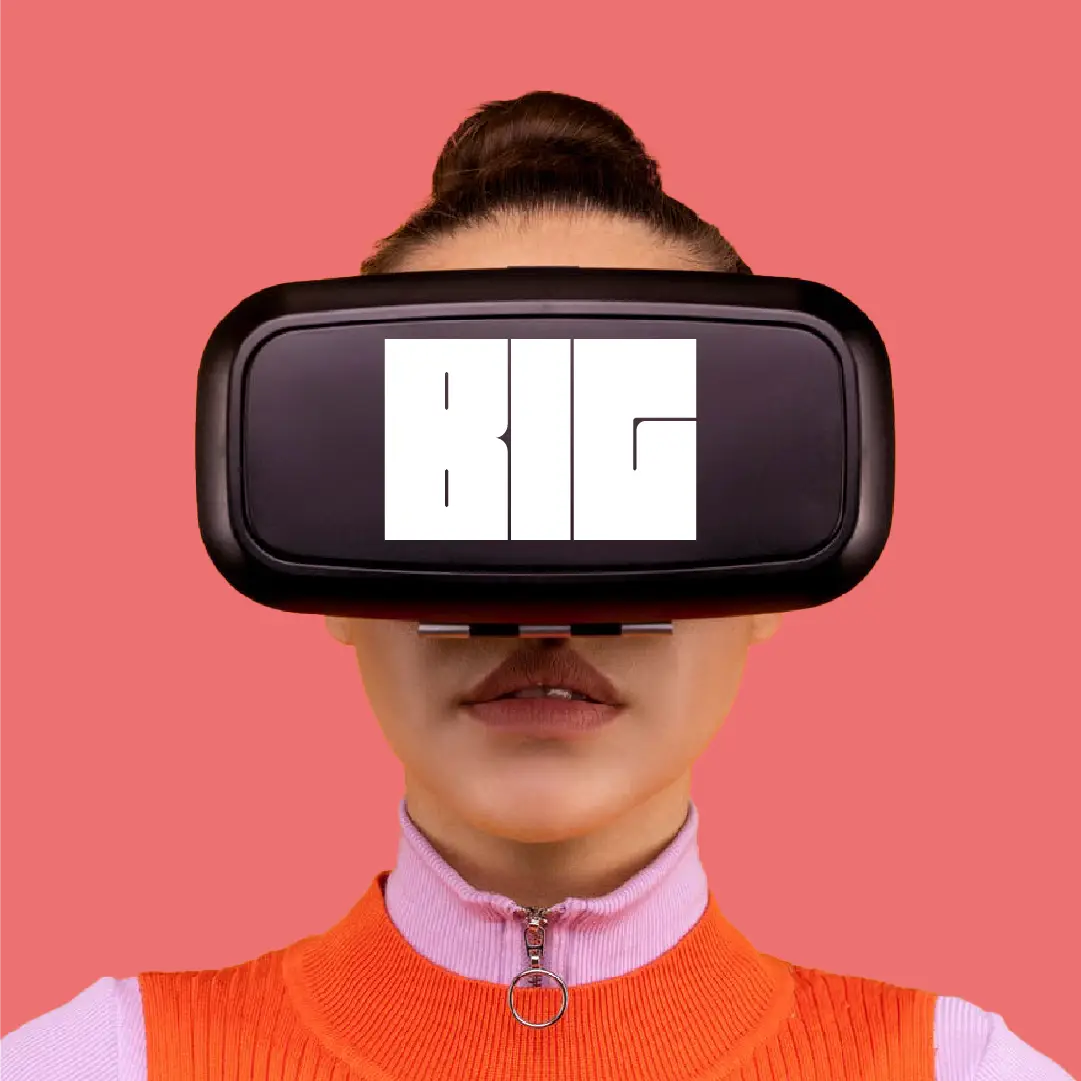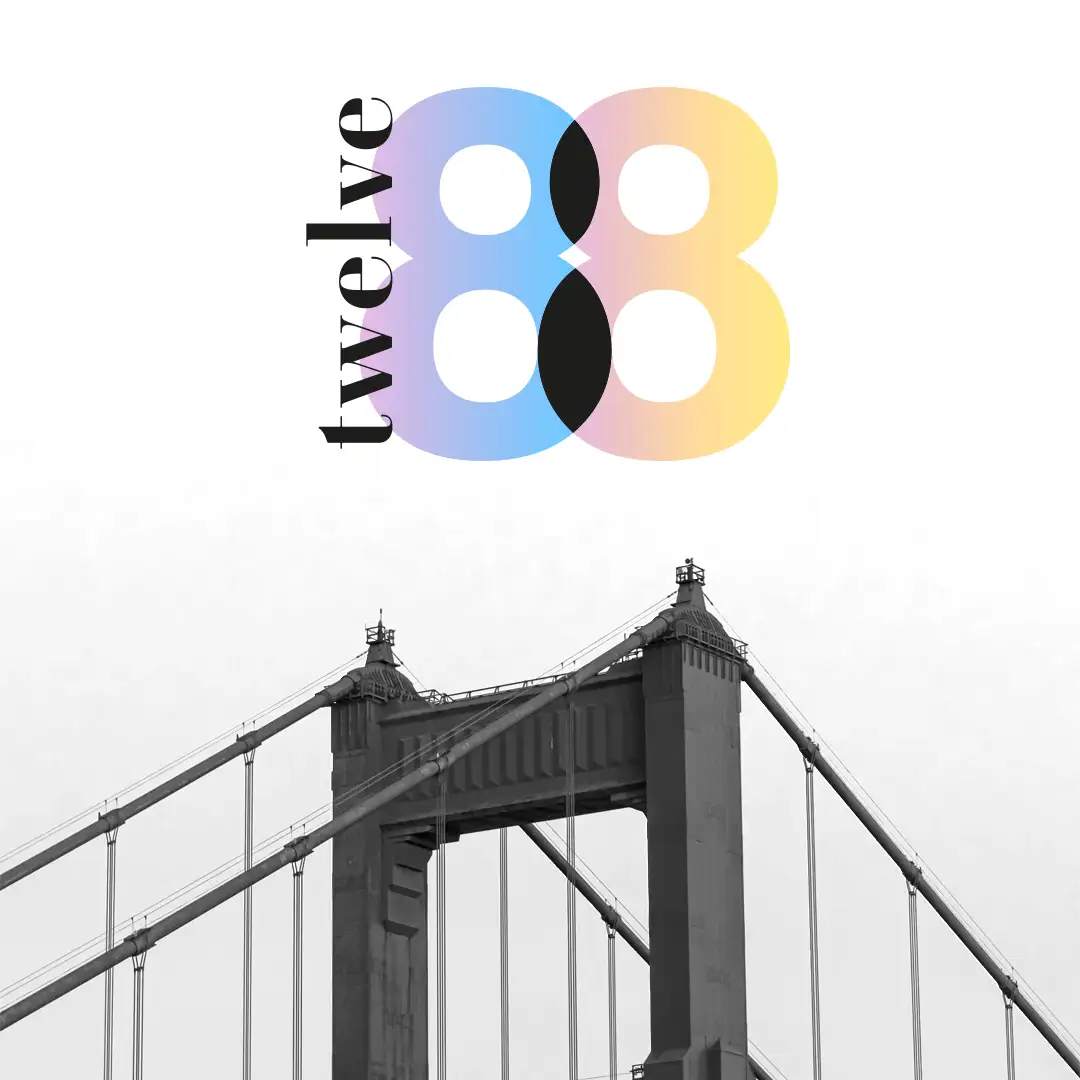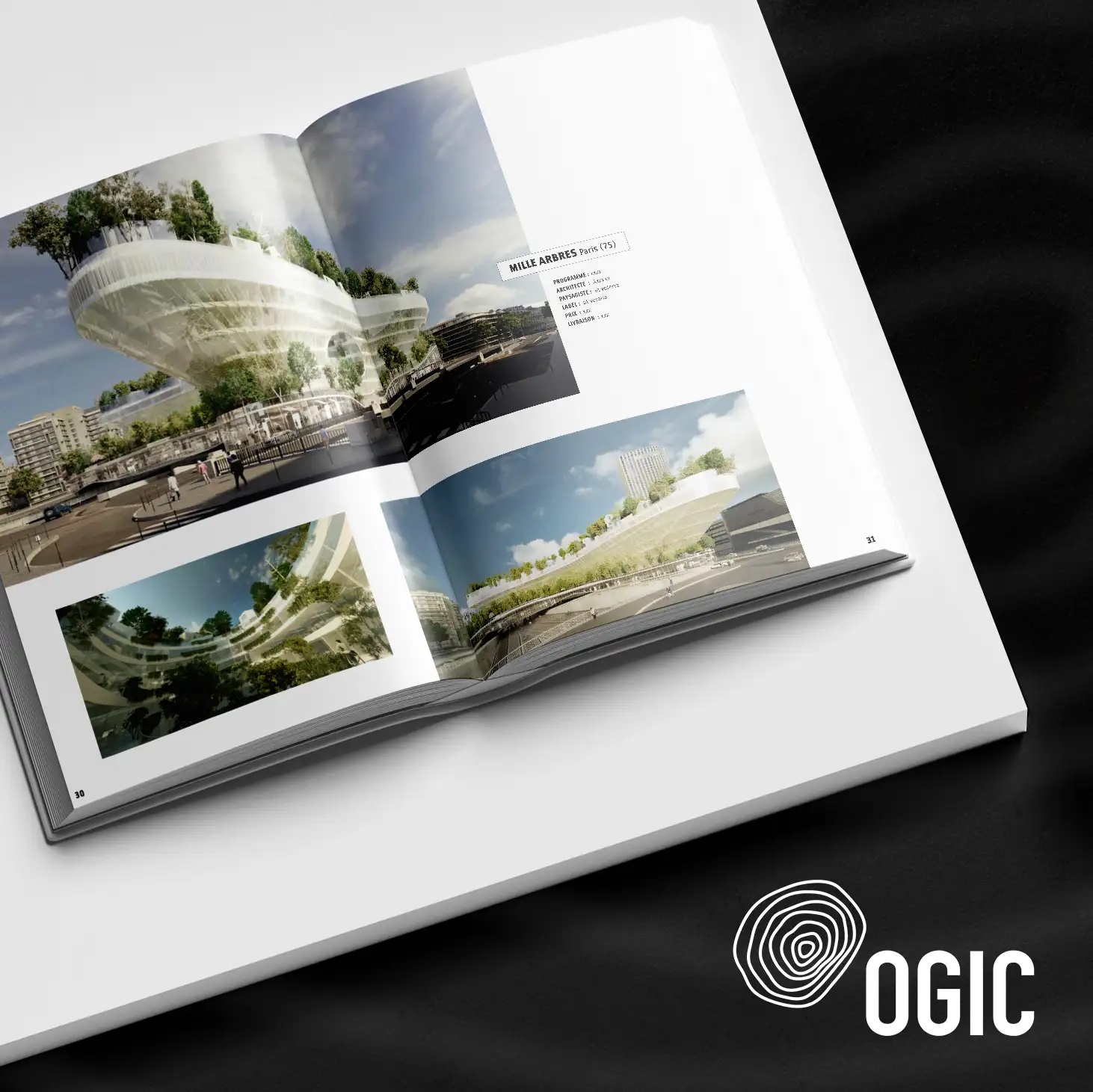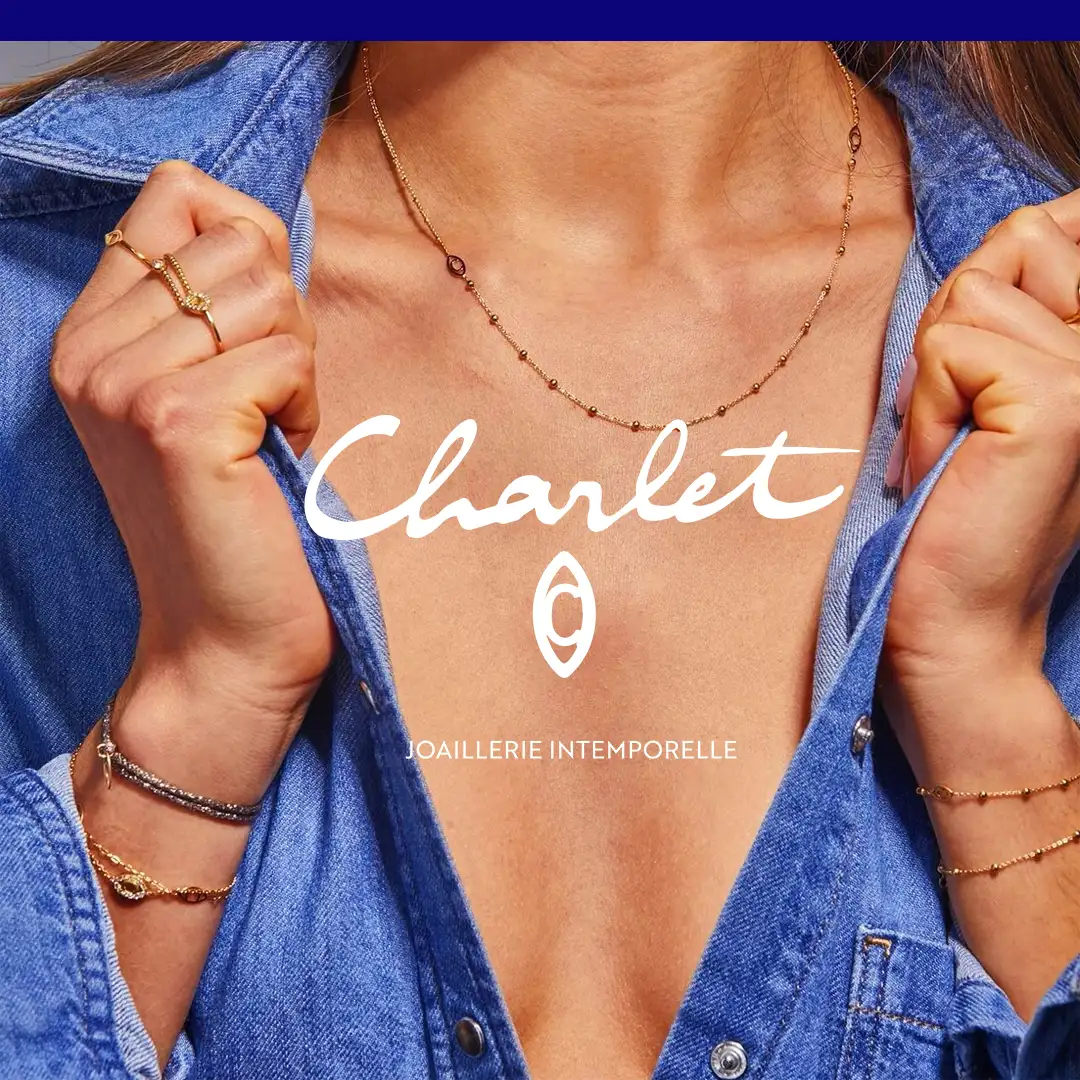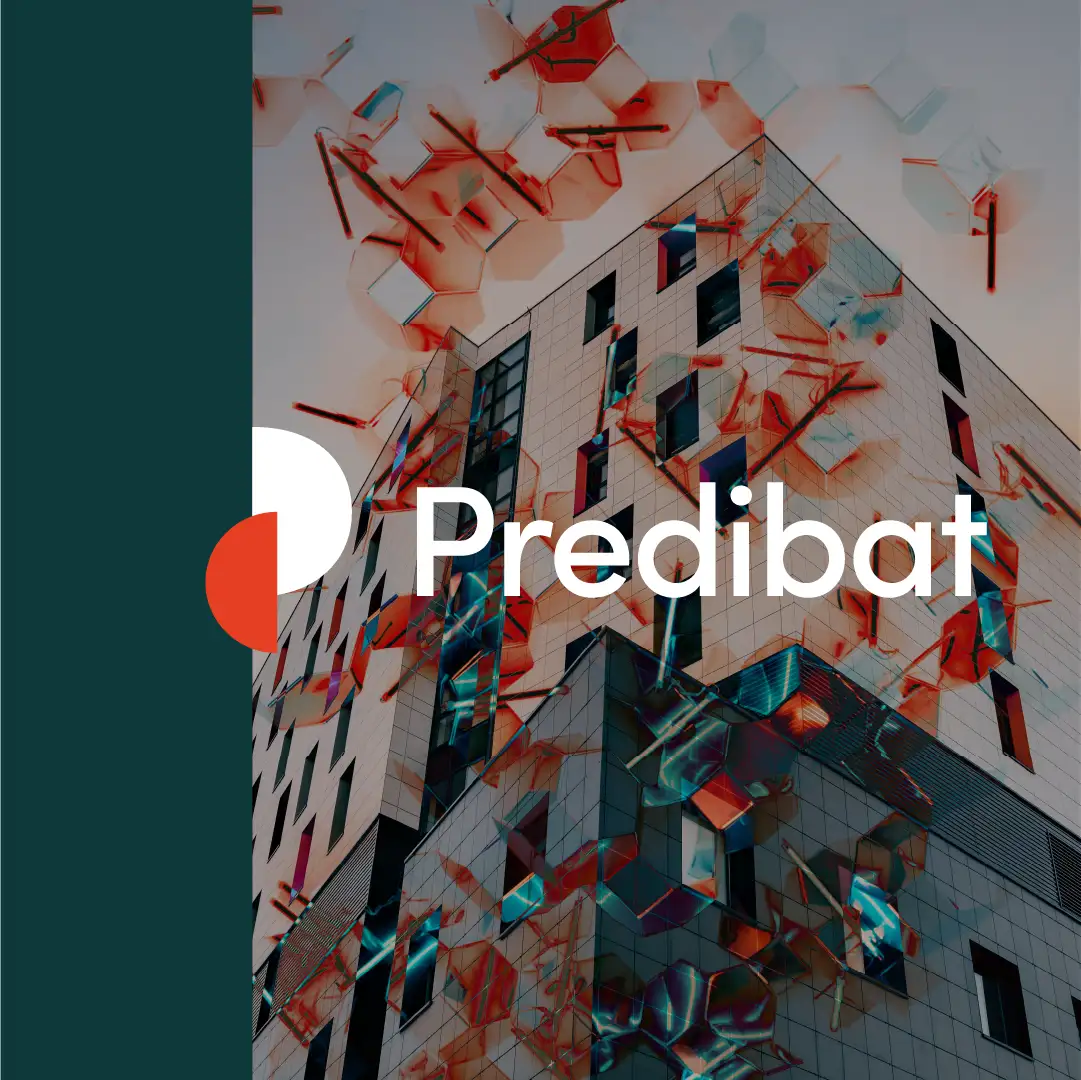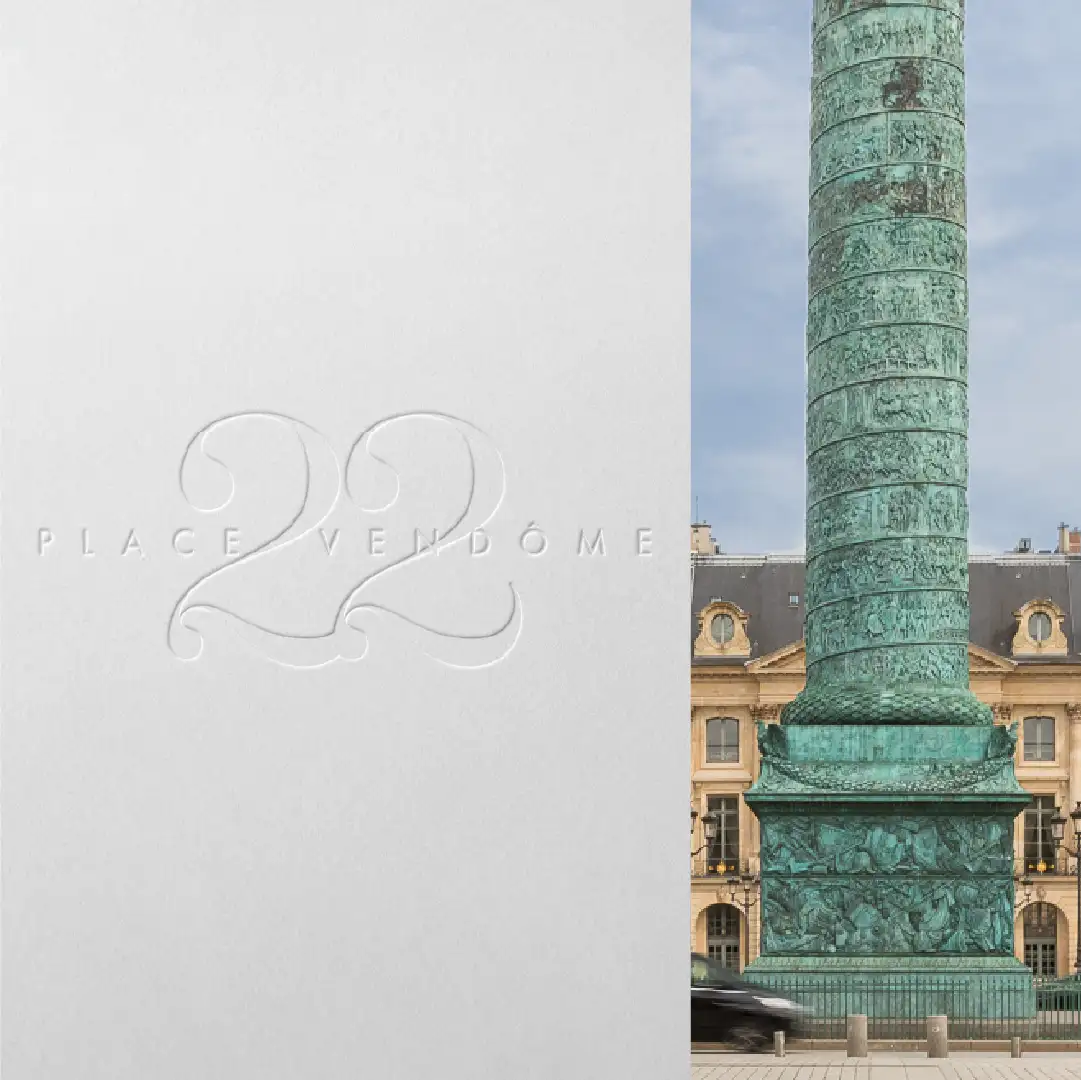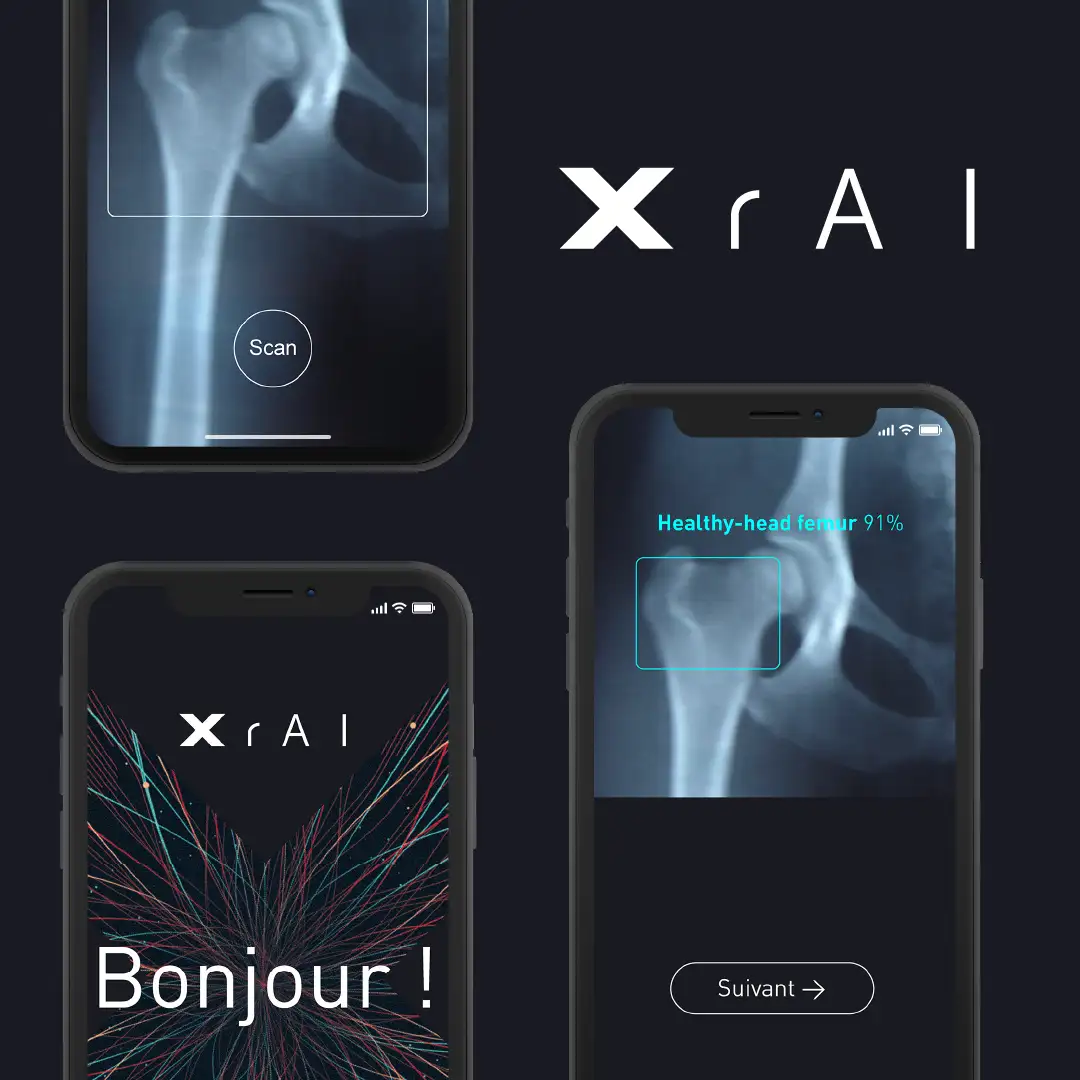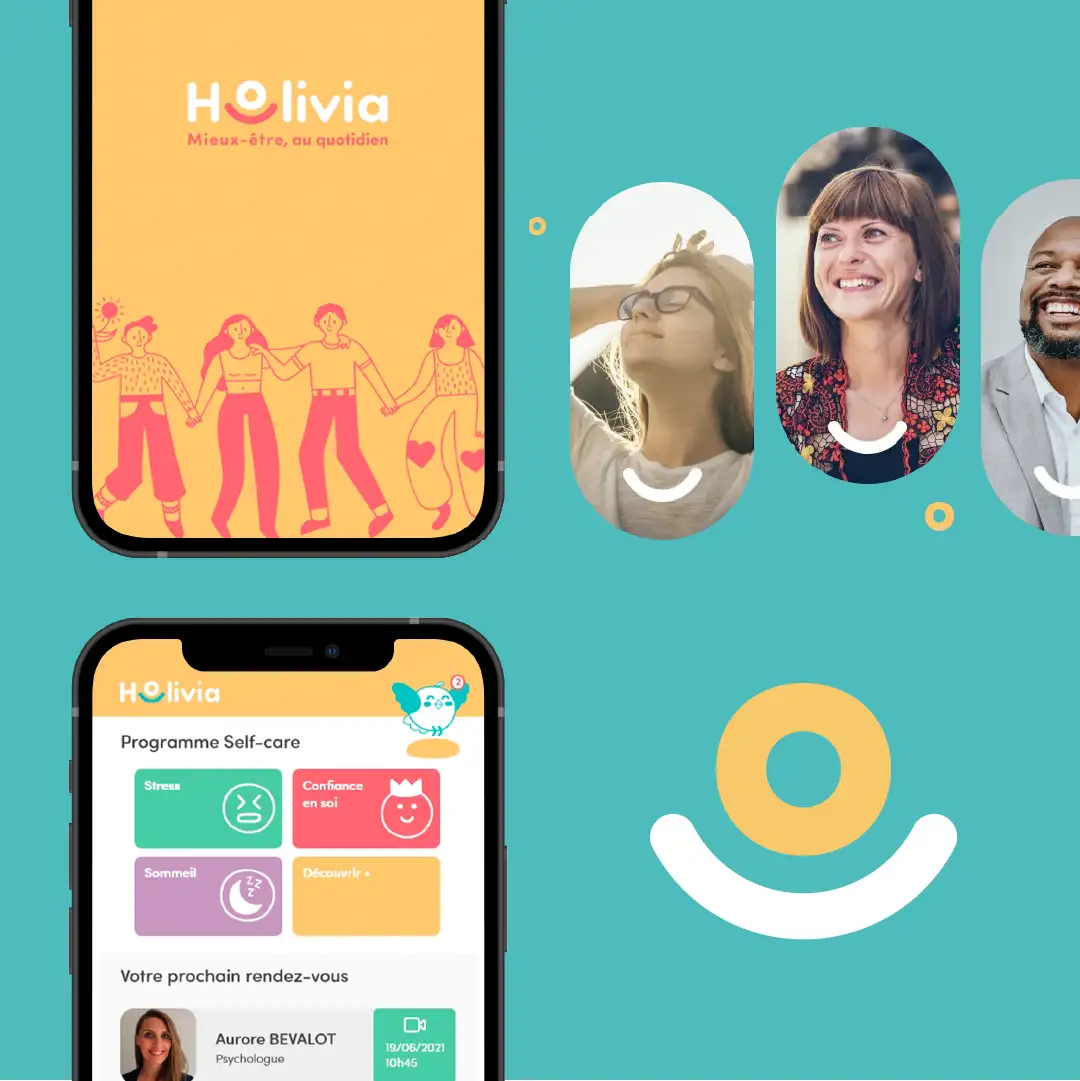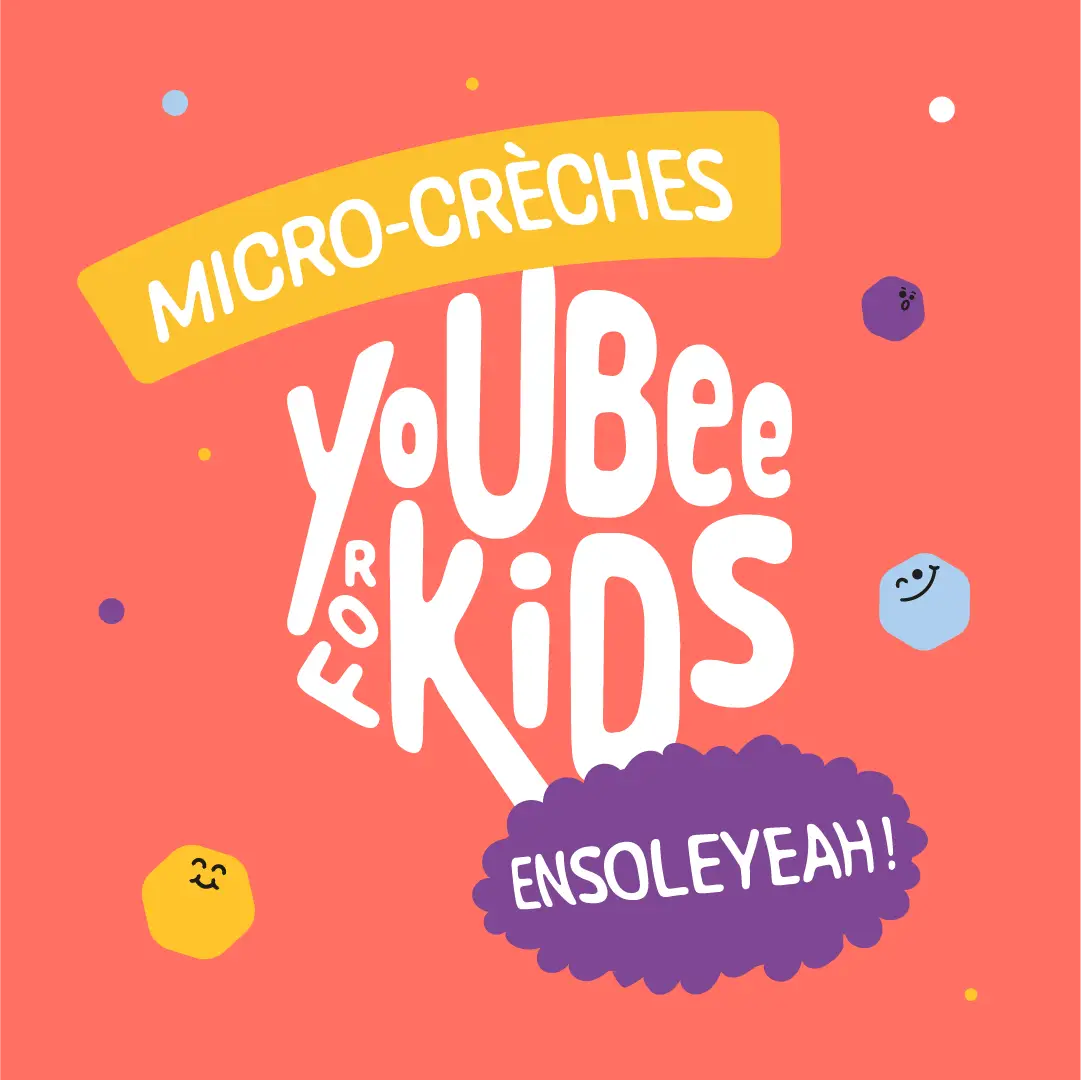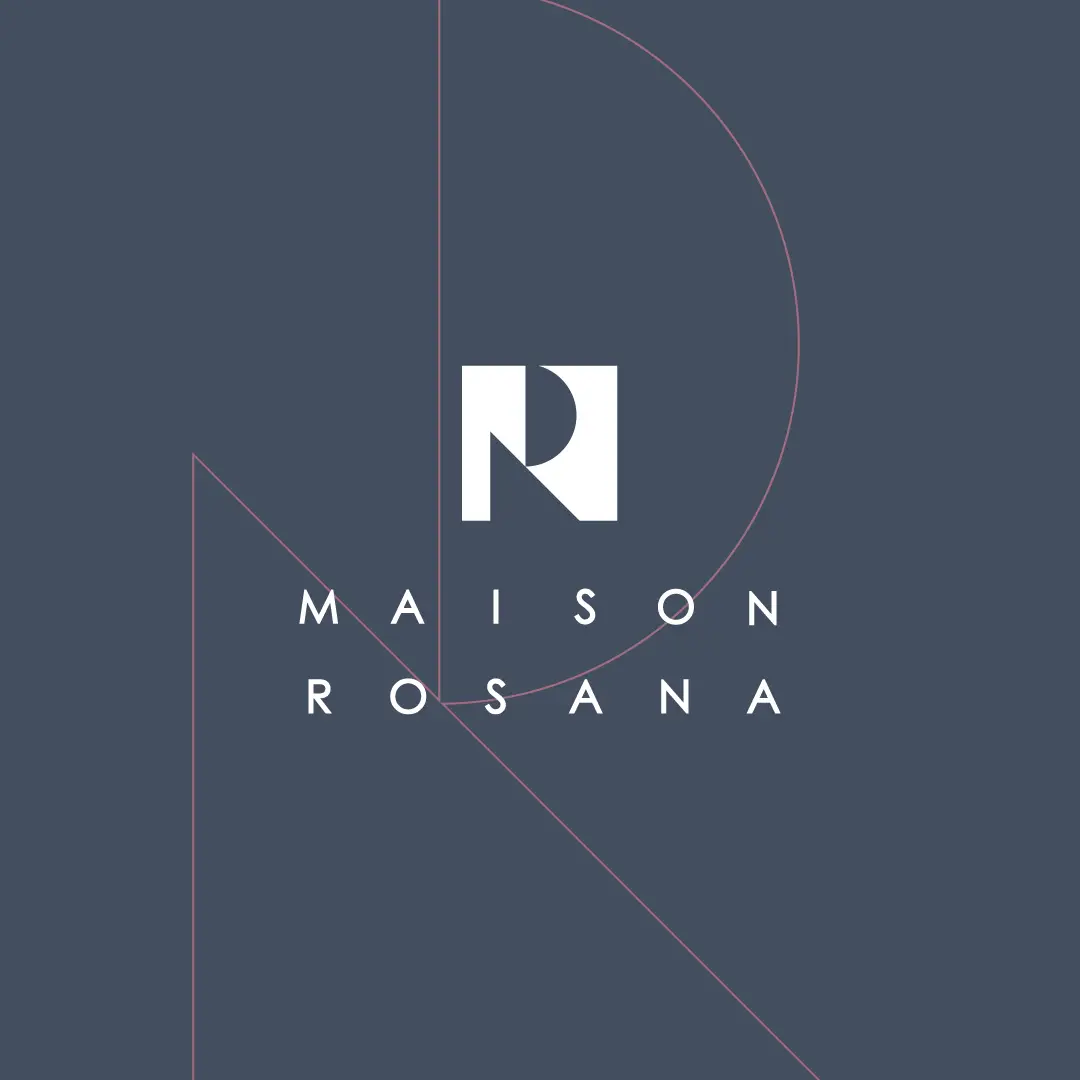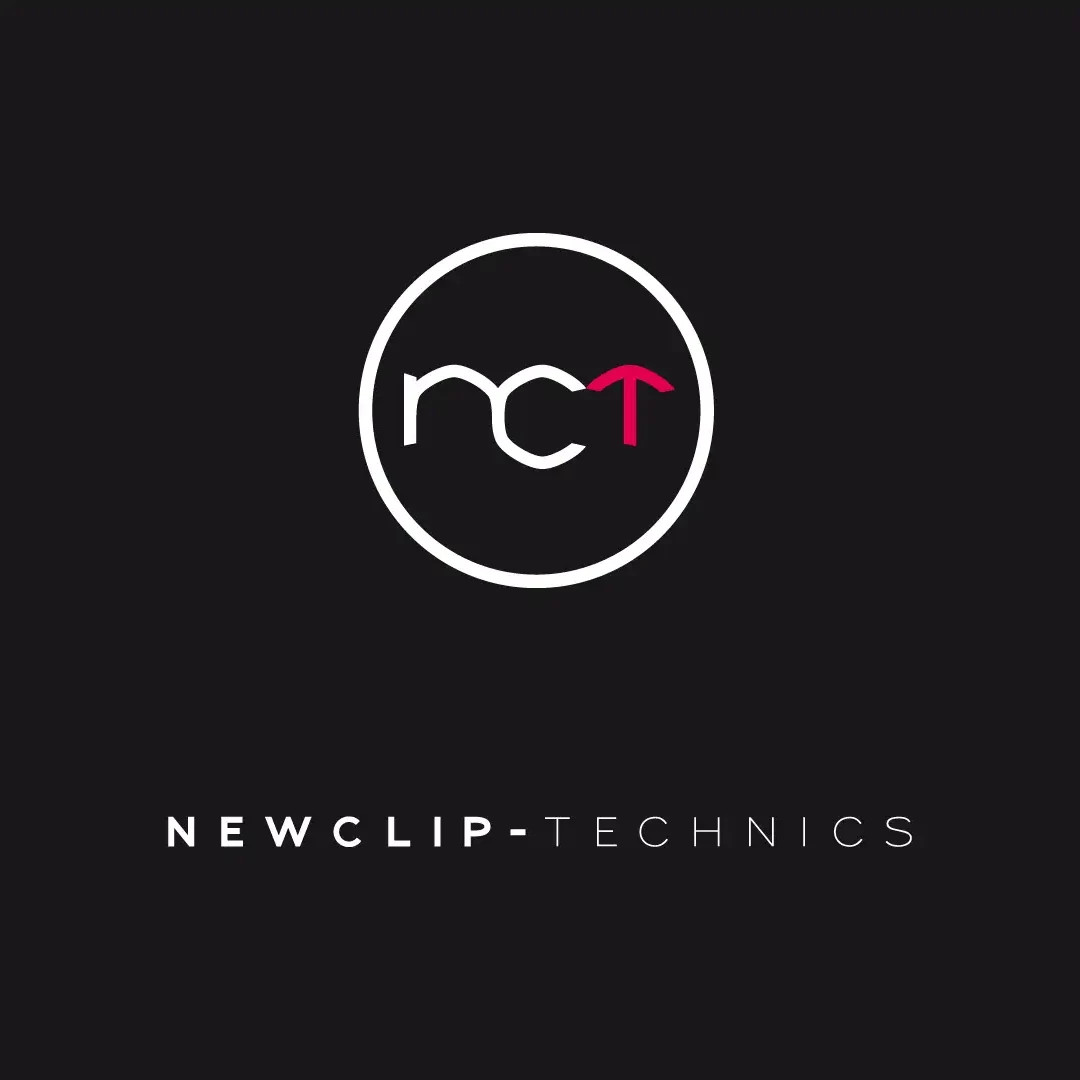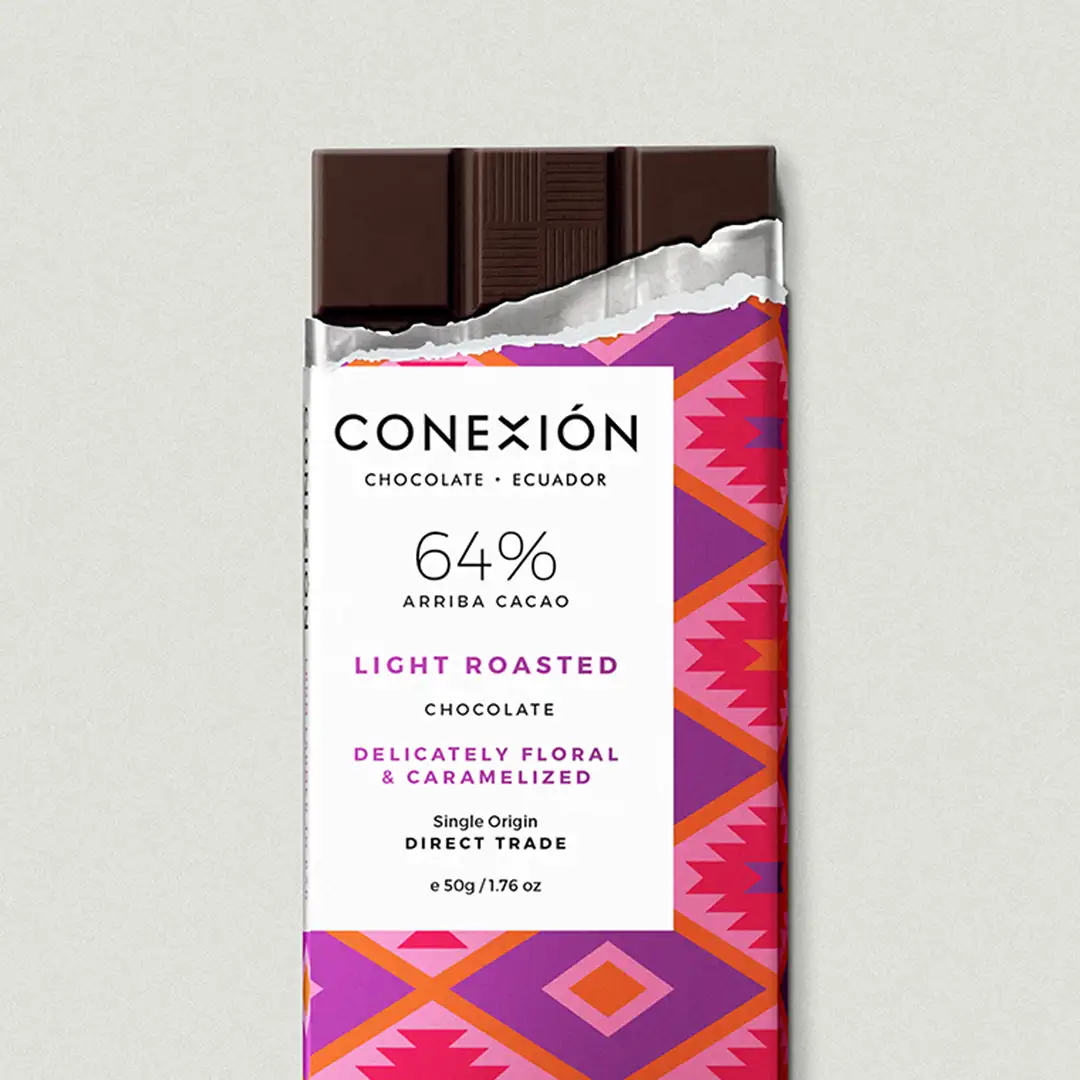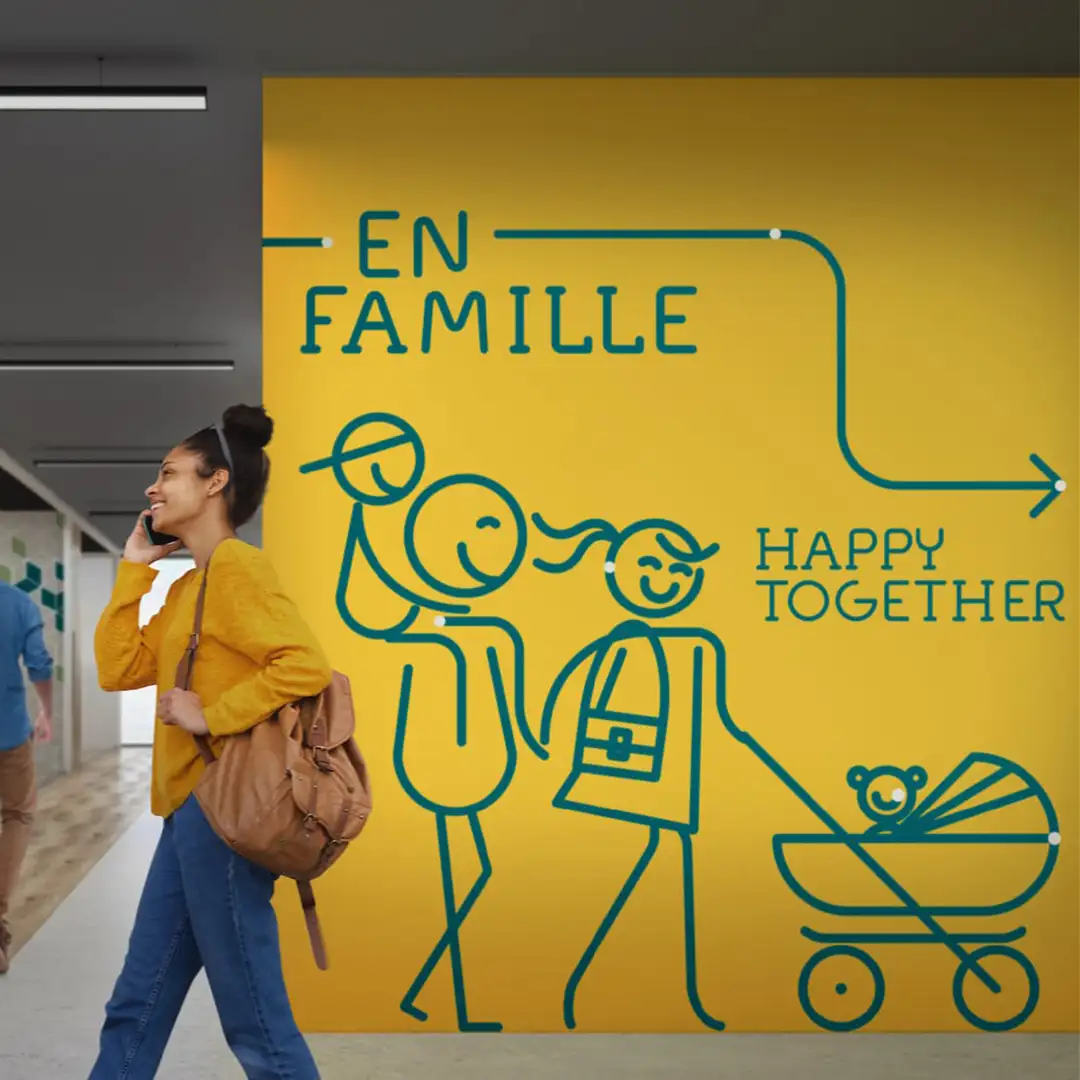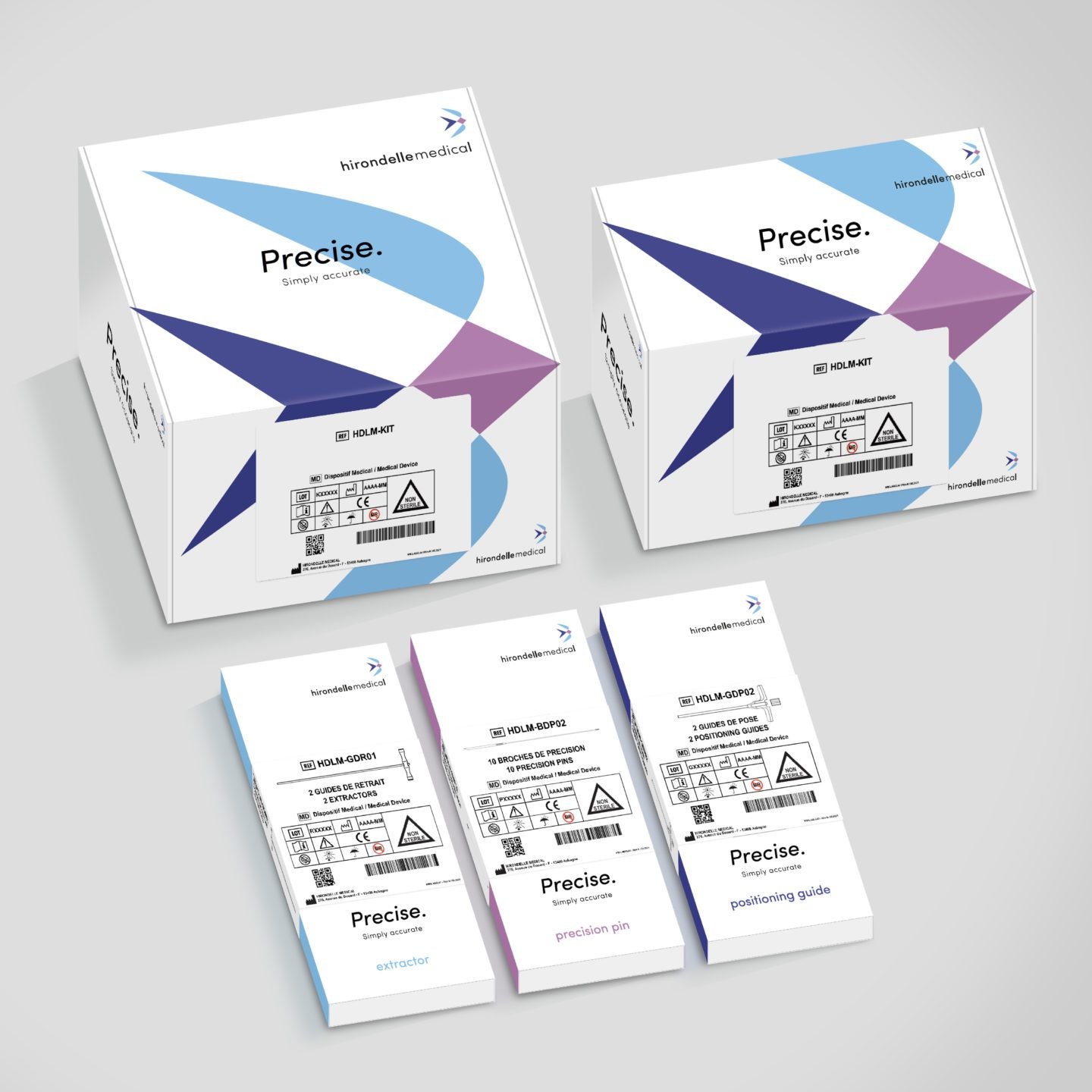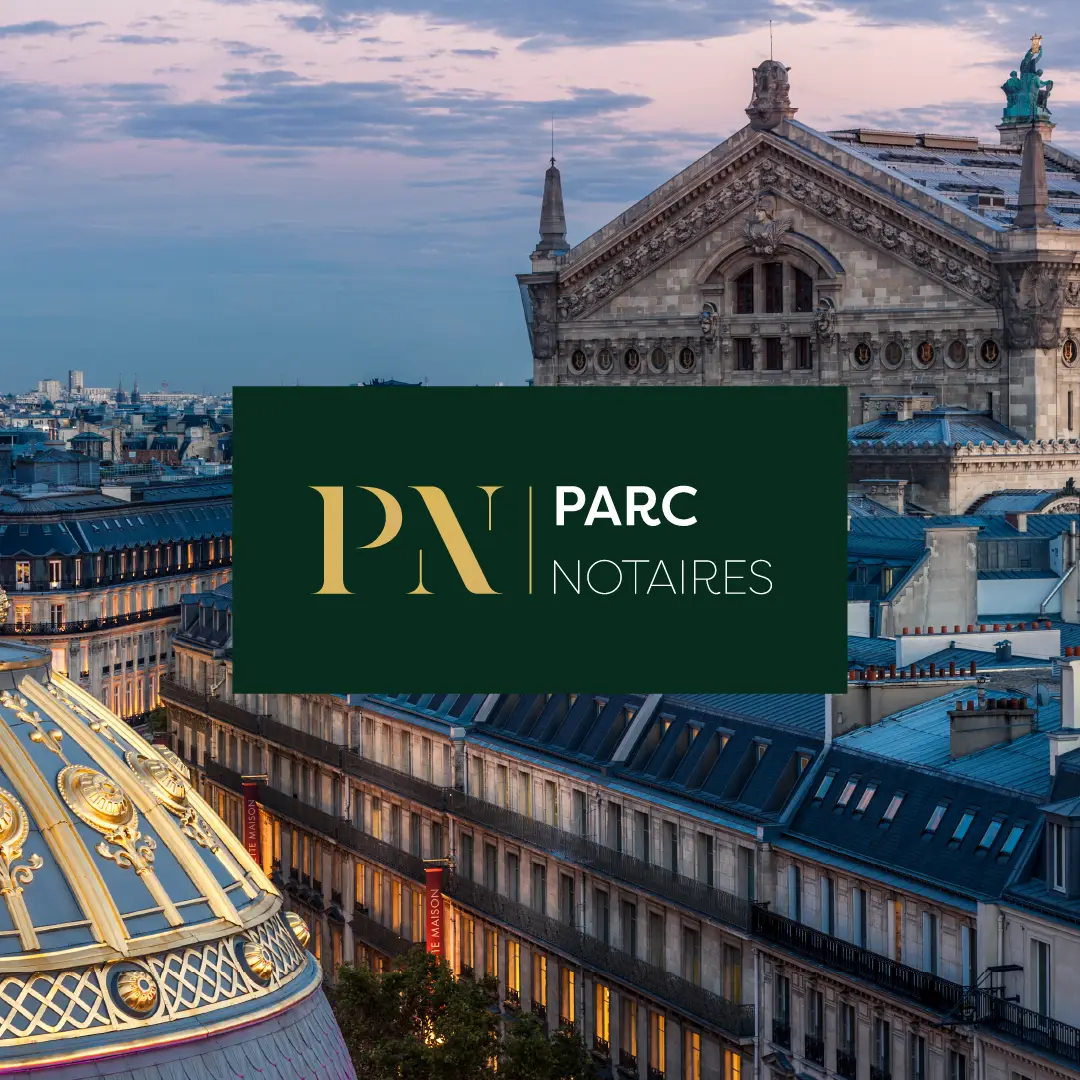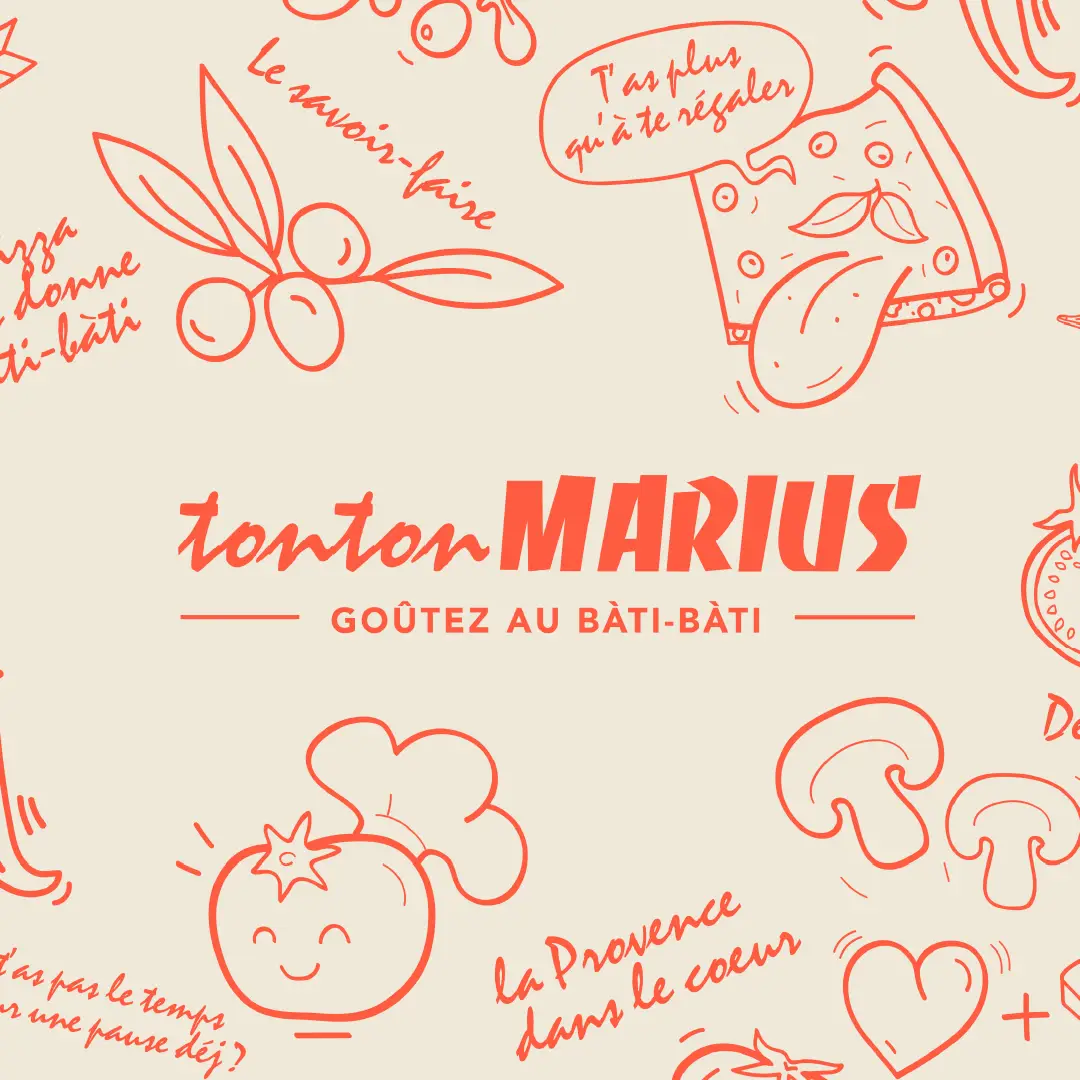Nous sommes TRAVERSO, l'agence de création spécialisée en identité et activation de marques pour les startups et PMEs leaders sur leur marché.
Pour illustrer le travail de l’agence, nous avons compilé un book (véritable bible de la création et de l'activation des marques) dédié au secteur de la MEDTECH.
Identité Visuelle et refonte de tous les supports pour le leader européen de la piscine en coque.
Stratégie, création et identité de marque. Création des outils prints et digitaux corporate, opérationnels, internes et externes de SMADE. La startup qui révolutionne la façon dont les équipementiers orthopédiques gèrent leurs actifs grâce à des solutions de suivi intelligentes pour kits de chirurgie.
Stratégie de marque, identité et management de la marque d'une maison d'édition de référence dédiés aux meubles et objets d'art en matière minérale.
Nouveau nom et nouvelle Identité pour une entreprise franco-américaine spécialisée en immobilier de luxe durable et responsable et qui agit pour le bien-être des occupants.
Une relation de dix ans avec Le marbrier de décoration de luxe parisien de référence, qui inclus l'identité de marque et de sous-marques, des publicités, du digital, des catalogues.
Identité de marque pour Christian Constant, Chef trois étoiles Michelin qui a fait monter la cuisine du Sud-Ouest à Paris et père du courant "Bistronomie".
Stratégie de marque et création de l'identité globale pour alpha GROUP (anciennement Alpha Services).
Nous avons créé la marque Initial, véritable innovation et fer de lance de Newclip Technics.
Participer au progrès de la science en créant l’identité visuelle du Skylab, centre d’étude à la pointe de la formation chirurgicale.
Stratégie, naming et identité de marque de BIG, acteur de référence créateur et producteur de contenu digital immersif et expérientiel.
Nous avons accompagné Intech dans son repositionnement de marque. «we tech care», c’est nous !
Identité visuelle, production de contenu et supports d'une marque de bijoux de créateur de référence dédié à la perle.
Identité pour un nouveau développement d'appartements de luxe situés à la jonction des quartiers SoMa et Hayes Valley à San Francisco.
Design et création des outils corporates internes et externes et commerciaux print ou digital : portefeuille des biens, brandbook, livre d'accueil collaborateurs, etc
Stratégie et identité de marque de la Maison Charlet. Marque de bijoux de créateur en 18 carats.
Production de contenu et des campagnes de la marque des plus beaux cachmires au monde
Identité de marque globale pour les cliniques Artdent dédiées aux soins dentaires et esthétiques.
Identité visuelle, architecture de marques, charte graphique digitale et site web de la startup Sitowie qui anticipe via Predibat le vieillissement des bâtiments afin les rendre plus durables et rentables.
Identité pour un nouveau développement d'appartements de luxe situés Place Vendôme à Paris.
Identité de marque et charte digitale de l'application X rai qui révolutionne l'approche du diagnostic de santé dans le domaine de l'orthopédie.
Une nouvelle identité de marque pour l'application Holivia qui oeuvre pour la santé mentale des employé.e.s en entreprise au travers d'outils digitaux.
Stratégie de marque et identité globale du réseaux de mico-crèches sudistes "ensoleyeah".
Stratégie, naming et identité de marque pour Maison Rosana, référence du carrelage haut de gamme dédiée au marché BtoB, studios d'architecture, etc.
Identité globale, architecture de marque et création des supports marketing print, digitaux et event.
Identité visuelle, architecture de marque et packagings d'une marque de chocolat équatorienne multi-primée.
Identité, design d'environnement et création d'expériences dans les espaces "pause et sanitaires" des stations services Fulli (Réseau APRR).
Stratégie, Identité globale et création de supports de communication internes et externes pour le leader européen du riz préparé micro-ondable et troisième groupe mondial du riz sec.
Création de l'identité visuelle de l'OFS de Plaine Commune, organisme favorisant l'aide au logement pour les personnes à ressources modestes.
Identité visuelle et concept de campagne globale pour la région North Ouest Arkansas.
Stratégie, identité de marque et packaging d'Hirondelle Medical, spécialiséedans la création et la fabrication de matériel médical dédié aux chirurgies de précision du rachis.
Identité de marque et création des outils opérationnels de l'Office Notarial Parc Notaires, situé avenue de L'Opéra à Paris.
Stratégie et design global de la marque Tonton Marius, franchise de restaurants spécialisée de Pizzas provençales à la coupe.

